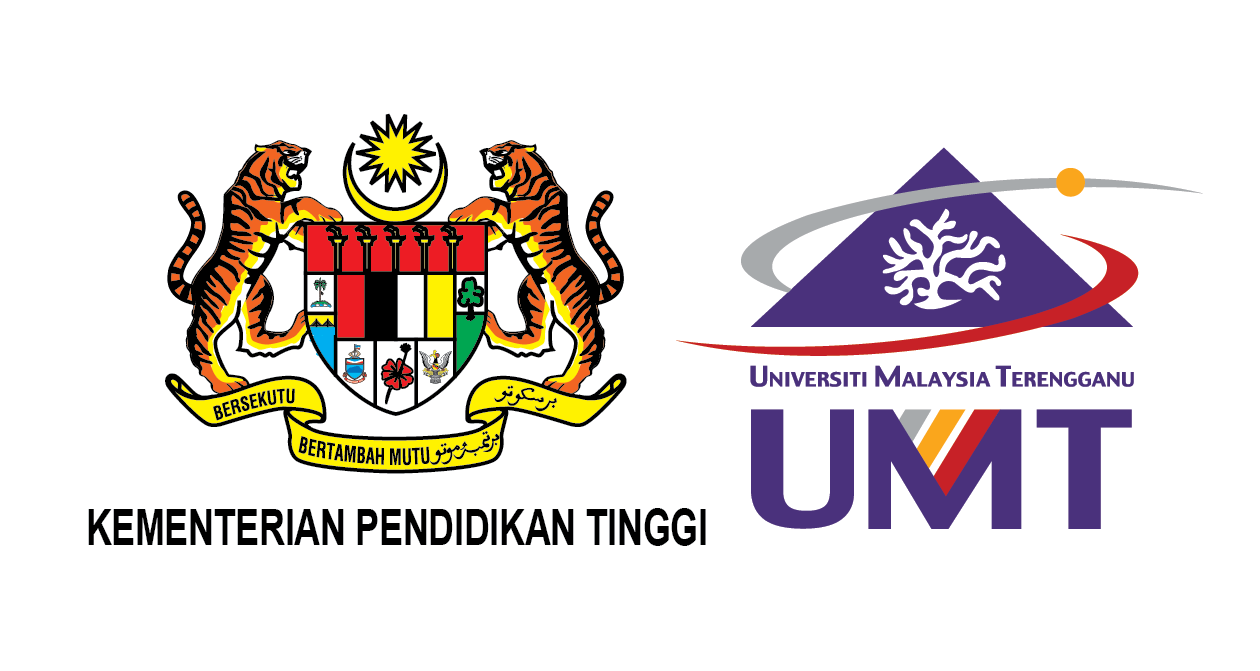Please use this identifier to cite or link to this item:
http://umt-ir.umt.edu.my:8080/handle/123456789/5509Full metadata record
| DC Field | Value | Language |
|---|---|---|
| dc.contributor.author | Ivan Koh Chong Chu | - |
| dc.contributor.author | Borhan Nurhamizah | - |
| dc.contributor.author | Zahri Noor Dee’ana | - |
| dc.contributor.author | Mustafa Sufian | - |
| dc.date.accessioned | 2017-04-09T08:55:11Z | - |
| dc.date.available | 2017-04-09T08:55:11Z | - |
| dc.date.issued | 2016 | - |
| dc.identifier.citation | Vol.9(6) ;1278-1285 p. | en_US |
| dc.identifier.uri | http://hdl.handle.net/123456789/5509 | - |
| dc.description.abstract | Groupers are high valued finfish in the Southeast Asian regions. The hybrid grouper Epinephelus fuscoguttatus x E. lanceolatus (TGGG), is a relatively new hybrid that is in high demand due to its good taste and faster growth compared to tiger grouper E. fuscoguttatus. This study establishes and compares the optimum salinity parameters required for successful egg incubation of the two groupers. Eggs were obtained from female E. fuscoguttatus through hormone treatment of 500 IU/kg body weight of human chorionic gonadotrophin (hCG) and fertilized with sperm from E. fuscoguttatus and E. lanceolatus. Eggs were then transferred into incubation aquariums filled with 1 L water at salinities of 15, 20, 25, 30 and 35 ppt. Egg development was observed every hour till hatching occurred. Hatching rates (HR), timing and deformation rate (DR) was recorded. Stages of embryonic development showed no difference in all salinities but differing development speed was observed at certain salinities. Eggs of TGGG hatched faster than tiger grouper at identical salinities. The results indicated that eggs of both groupers had a wide range of salinity tolerance from 25-35 ppt with significantly lower HR and higher DR (P<0.05) at 15 and 20 ppt. The optimal incubation salinity was 30 ppt for TGGG (HR = 70.9±7.12%; DR = 13.3±2.35%) and E. fuscoguttatus (HR = 37.3±6.1%; DR = 20.0±2.9%). Occurrence of abnormal larvae significantly increased with suboptimal salinity. | en_US |
| dc.language.iso | en | en_US |
| dc.subject | TGGG hybrid grouper | en_US |
| dc.subject | egg incubation | en_US |
| dc.subject | salinity tolerance | en_US |
| dc.subject | larvae deformation | en_US |
| dc.title | Effect of salinity on embryonic development and hatching of hybrid grouper, Epinephelus fuscoguttatus x epinephelus lanceolatus | en_US |
| dc.type | Article | en_US |
| Appears in Collections: | Journal Articles | |
Files in This Item:
| File | Description | Size | Format | |
|---|---|---|---|---|
| J2016-03-Effect of salinity on embryonic development and hatching of hybrid grouper, Epinephelus fuscoguttatus x epinephelus lanceolatus.pdf | Full taxt | 393.2 kB | Adobe PDF | View/Open |
| 3-Effect_of_salinity_on_embryonic_development_and_hatching_of_hybrid_grouper,_Epinephelus_fuscoguttatus_x_epinephelus_lanceolatus.png | Evidence | 151.88 kB | image/png | View/Open |
Items in UMT-IR are protected by copyright, with all rights reserved, unless otherwise indicated.

